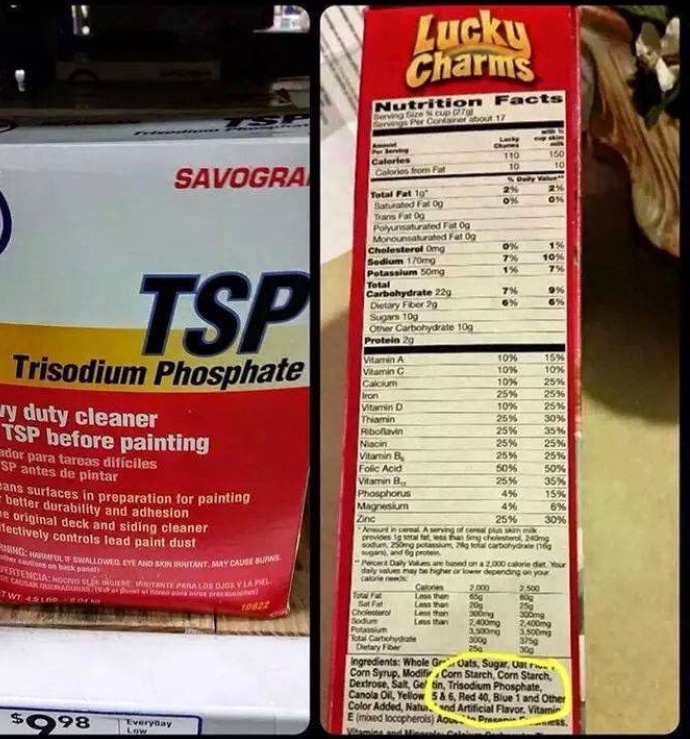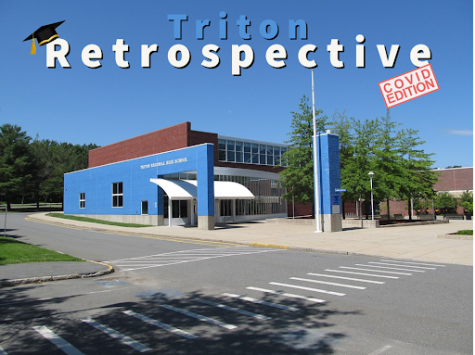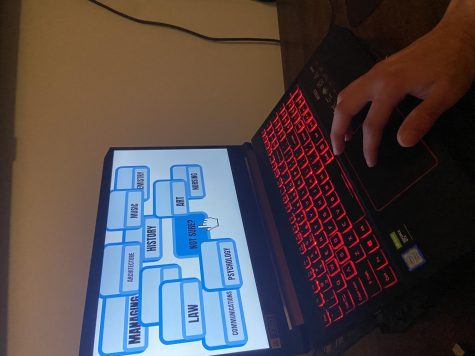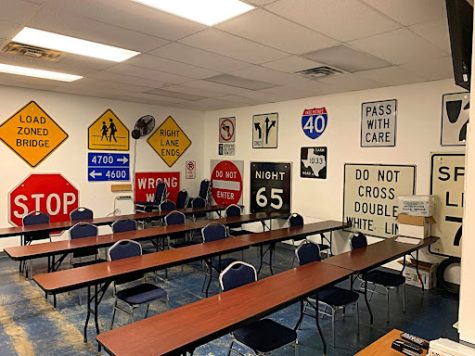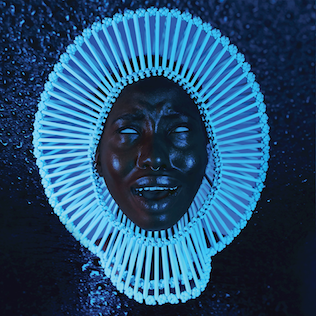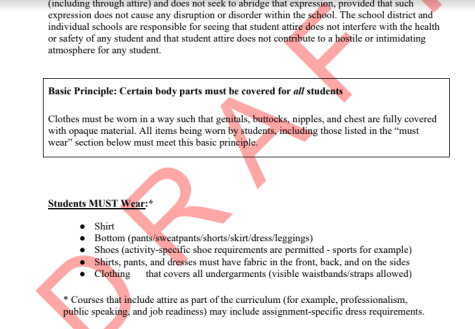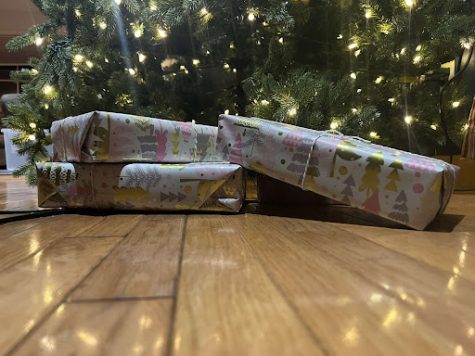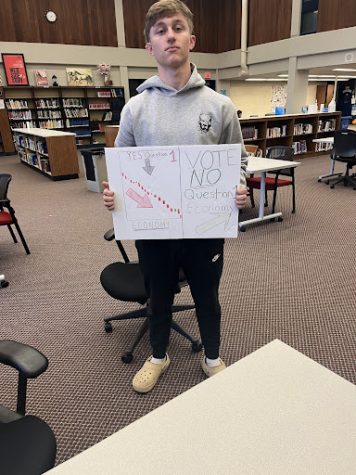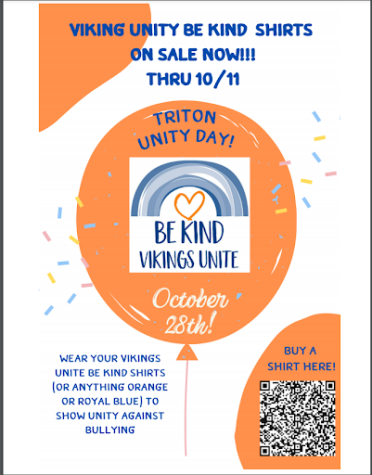What are you really eating?
Triton Voice tells all!
March 2, 2018
The Food and Drug Administration is responsible for protecting the public health, but are they really doing so, by approving paint thinner in our cereal and foreign bugs in our Starbucks drinks?
As reported by the “International Journal of Toxicology”, if you have ever eaten a product that contains vanilla or raspberry flavoring, then you’ve consumed beaver urine. “Castoreum”, a mixture of the anal secretions and urine of beavers. It’s also found in perfume. The FDA-approved product is categorized under “natural flavoring,” so you won’t know if you’re eating it.
The FDA’s mission is “protecting public health by ensuring the safety in food and medicine”, but beaver urine isn’t the only gross “all natural” ingredient.
Starbuck drinkers, you may want to put down your drinks. “Carmine”, is a red food coloring made by boiling or grounding up cochineal bugs, a type of beatle. “Spoon University”, a well-known food publication, reported in a recent study that drinks like Starbucks strawberries creme frappe contains this, along with many other pink or red colored drinks at the restaurant chain.
Are you grossed out knowing you eat/drink bugs? “Carmine”, isn’t the only substance you consume on a daily basis that is composed of bugs.
“Shellac”, a shiny, glossy coat on cars, or found in nail polish, is also used to coat shiny candies like jelly beans and candy corn. In a recent study done by “Spoon University”, this sticky substance acquired from a portion of the female “Kerria lacca”, an insect native to Thailand.
“I think its weird jelly beans are made of that weird coating like why cant they use a sugar coating or something more appealing,” said junior Caitlyn Roberge.
Ever play with silly puddy as kid? Chances are you’ve eaten it at some point in your life too. According to “American Chemical Society”, “ Polydimethylsiloxane”, is formed by hydrolyzing Me2SiCl2, which is produced from high-purity SiO2 and CH2Cl2 by the Muller–Rochow reaction to create the puddy-like texture we know and love. You can find this additive in most fast food and fountain drinks. This same puddy we play with and eat, is also used as a waterproof filler and sealant used in construction. So should we be allowed to consume something that is made in a lab , that we play with as kids and use to build buildings with?
This isn’t the only suspicious compound that flies under the FDA radar.
In fact according to “Natural Society”, “Trisodium Phosphate”, is an industrial strength paint thinner that is found in your everyday favorite breakfast cereals such as Cinnamon Toast Crunch, Lucky Charms and Cheerios and many more.
In a recent article by “Livestrong”, a United States nonprofit organization that provides support for people affected by cancer, reported that Trisodium Phosphate, is not bad for you in small doses, but the dry powdered form of trisodium phosphate is an irritant and should be handled with care. However organizations such as the “Clean Water Act”, has taken steps to reduce use of TSP in cleaning supplies because of the devastation it has caused to the environment.
“I have cereal for breakfast a lot and it scares me that there’s actually paint thinner in my cereal,” said junior Caitlyn Chaisson. “It makes me wonder what else is in my food and makes me want to be more careful about things I eat.”


